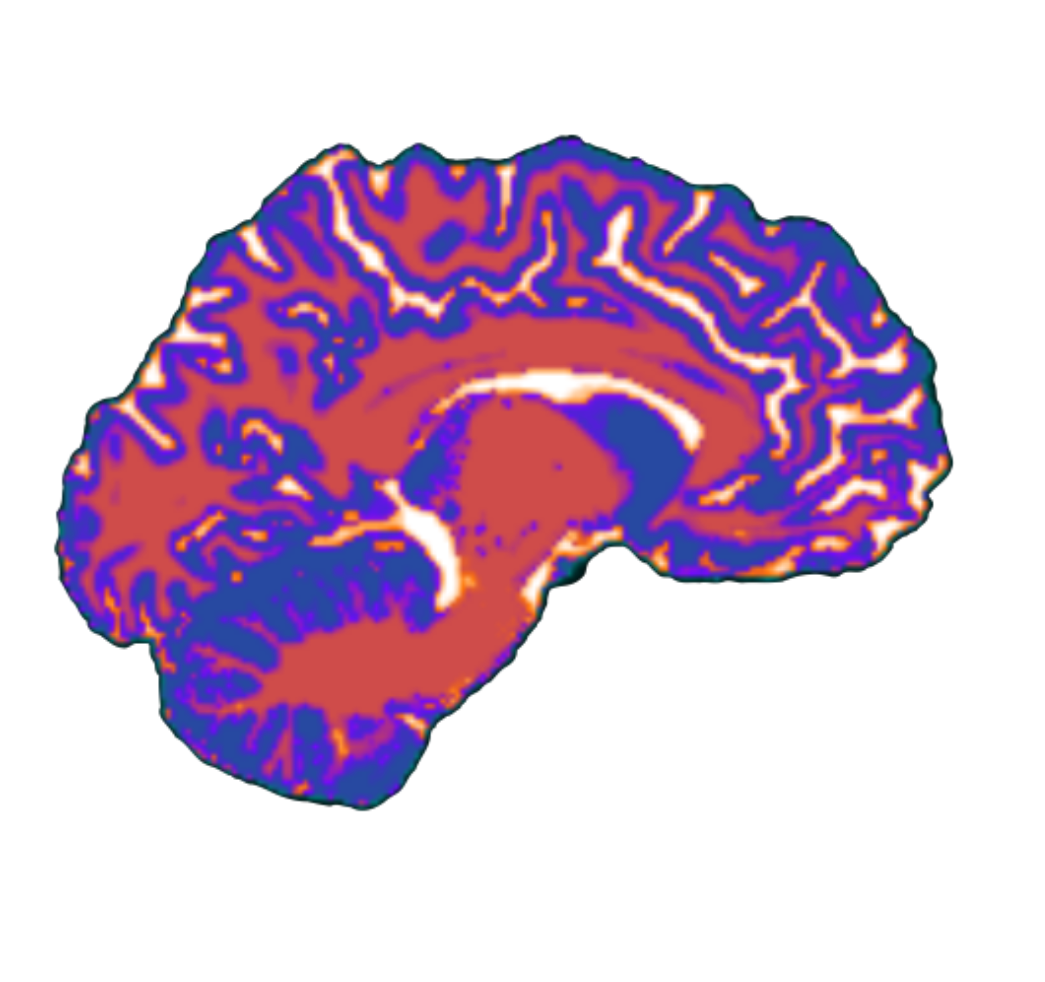Neurodevelopment and Translational Neuroimaging
Much of the points below came from a article by Siugzdaite et al. (2020)
Introduction
- 14-30% of children/adolescents live with a learning-related problem, associated with cognitive/behavioral problems. examples of these disorders are dyslexia, dyscalculia, language disorders. other diagnses related to neurodevelopmental disorders are adhd, asd.
- how does the developing brain give rise to disorders?
- there has been a lot of inconsistency in ascribing a range number of brain regions to individual neurodevelopmental disorders.
- for example: adhd has been associated with grey matter differences within ACC, caudate nucleus, pallidum, striatum, cerebellum, PFC, premotor cortex etcs.
- why does this inconsistency exist? diagnostic groups are highly heterogeneous and overlapping and symptoms vary a lot within categories. there is no “purity” of developmental disorders.
- solution: transdiagnostic approach?
- What is transdiagnostics?
- Identifying underlying symptom dimensions that span multiple diagnoses.
- for example, within neurodevelopmental learning disorders, primary focus is on identifying cognitive symptoms that underpin learning.
- another reason for inconsistent brain-to-cognition mappings: they do not exist!
- equifinality: there could be many possible neural routes to the same cognitive profile or disorder
- multifinality: the same local neural deficit could result in multiple different cognitive symptoms across individuals.
- these concepts have not yet been translated into analytic approaches.
Goal of the study
- take a transdiagnostic approach to establish how brain differences relate to cognitive difficulties in childhood
- how can the same pattern of neural deficits result in different cognitive profiles across children?
Method
cognitive data from children with and without diagnoses were entered into an unsupervised ML algorithm called an artificial neural network – which preserves information about profiles within the dataset, captures non-linear relationships, and allows for measure to be differentially related across the sample. ideal method to use with transdiagnostic cohort.
to determine how brain profiles relate to cognitive profiles, the same ANN was applied to whole-brain cortical morphology data
Artificial neural network: cognitive data (z scored): age standarization mean and standard deviation from each assessments
specific type of network: self-organizing map - this algorithm represents multidimensional datasets as a two-dimensional map.
Cognitive profiles are robustly related to children’s learning ability, so a good test of whether the network can reliably represnt individual differences in cognition is to test whether it will generalize to unseen data and predict children’s learning scores.
Mapping brain profiles:
Whole-brain cortical morphology metrics (cortical thickness, gyrification, sulci depth) were calculated for each child across a 68 parcel brain decomposition.
Feature selction was performed before machine learning to reduce the risk of over-fitting with so many measures.
LASSO regression reduced the number of indices down to 21 distint measures
Results
- summary of results:
- hold out CV revealed that cognitive profiles learned using ANN generalized to unseen data and were sig. predictive of childrens’ learning difficulties
- similarly, hold out CV showed that brain profiles generalized to unseen data and a child’s age-corrected brain profile was sig predictive of age-normed cognitive profile.
- there were no one-to-one mappings: one brain profile could be associated with multiple cog profiles and vice versa
- also, researchers found that the more central the hubs to a child’s brain organization, the milder or more specific the cognitive impairments. when these hubs were less well embedded, children showed the more severe cognitive symptoms and learning difficulties.
- children’s brain profiles predict their cognitive profile.
What is the artificial neural network learning?
- is it learning about the severity of a particular set of brain values, or whether it had learned to identify peaks and troughs in individual profiles?
